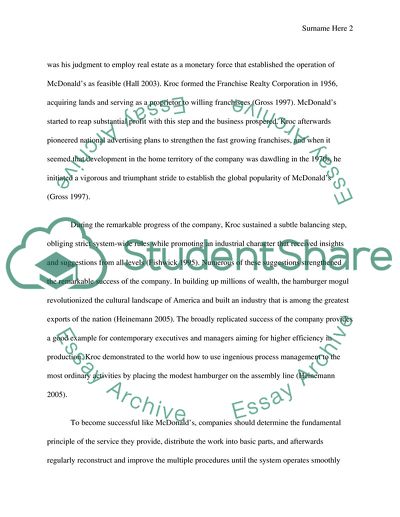Cite this document
(The Making of a Fast-Food Magnate Research Paper, n.d.)
The Making of a Fast-Food Magnate Research Paper. Retrieved from https://studentshare.org/biographies/1741978-raymond-albert-ray-kroc-an-analysis-of-a-great-american-ceo
The Making of a Fast-Food Magnate Research Paper. Retrieved from https://studentshare.org/biographies/1741978-raymond-albert-ray-kroc-an-analysis-of-a-great-american-ceo
(The Making of a Fast-Food Magnate Research Paper)
The Making of a Fast-Food Magnate Research Paper. https://studentshare.org/biographies/1741978-raymond-albert-ray-kroc-an-analysis-of-a-great-american-ceo.
The Making of a Fast-Food Magnate Research Paper. https://studentshare.org/biographies/1741978-raymond-albert-ray-kroc-an-analysis-of-a-great-american-ceo.
“The Making of a Fast-Food Magnate Research Paper”, n.d. https://studentshare.org/biographies/1741978-raymond-albert-ray-kroc-an-analysis-of-a-great-american-ceo.


